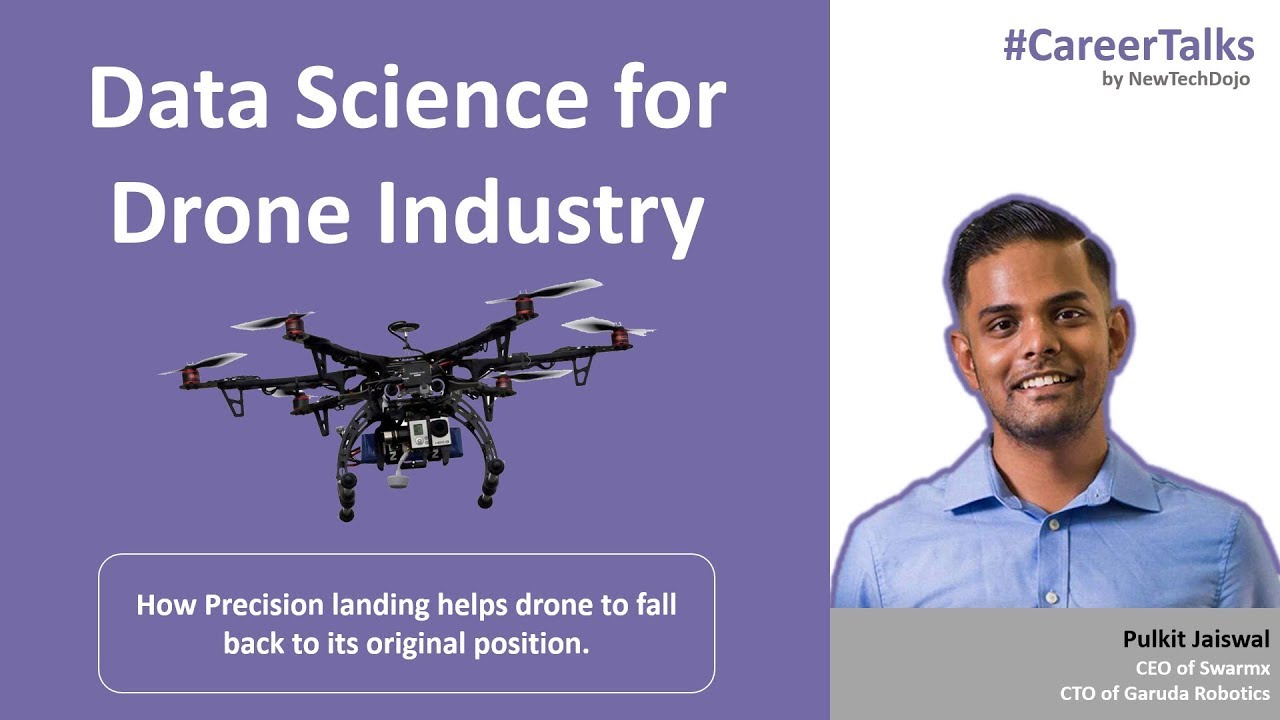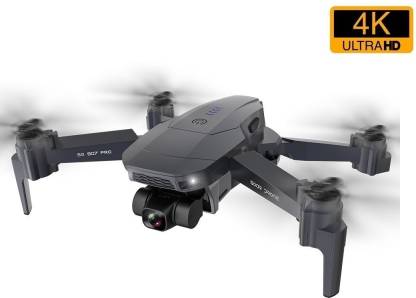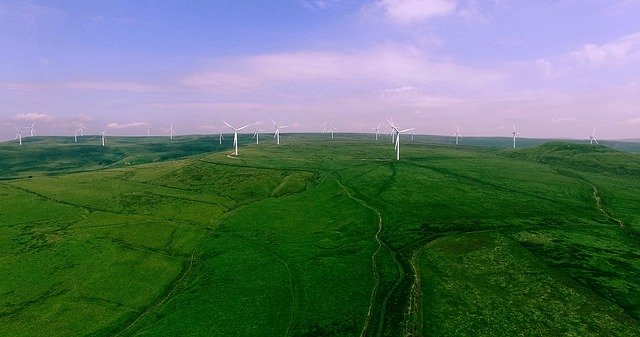
Drones could be the future in firefighting, but drones can also pose a danger. There's a huge risk of drones interfering with firefighting operations, which may lead to fines and criminal prosecution. In addition to the legal consequences, drone use should also have practical repercussions. Follow the impact of drones using social media, including posts from different agencies and #ifyouflywecan hashtag.
Unauthorized drones can cause wildfires
Firefighters were concerned about unauthorized drones hovering over the state's forests. They could interfere with firefighting efforts, disrupting firefighting tanker pilots, or possibly interfere with them. This could result in them making errors in their flight plans which could endanger firefighters on ground. Drones are therefore prohibited in wildfire zones. Not only are drones dangerous to law enforcement but also to fire fighters and aircraft.
Firefighting aircraft fly in turbulent and smoky conditions. Their safety is dependent on other aircraft in the area. However, drones could put their safety at risk. Drone use can lead to the suspension of air operations in some cases. This could reduce the effectiveness of wildfire suppression efforts. Drones may be used in emergency situations, such as forest fires.
High-altitude drones glide above fires for days
High-altitude drones could cruise above wildfires and send back videos and photos, allowing firefighters to see where the fires are, how fast they are growing, and how long they'll take to put out. Remote-controlled drones can fly in places that manned aircraft cannot. This would make them useful even after the sun sets, when firefighters are not available. This technology may even save lives in the future.

In the future, advanced drones could be used to swarm wildfires. There they will exchange information with the firefighter teams on the ground and each other. Although that would be great, the drones are not yet fully autonomous. Drones can also do a lot more. Kelly Boyd, a drone specialist, is testing this technology on wildfires in Wyoming and Oregon.
Thermal cameras are crucial for drones
Drones can now be mounted with thermal cameras. These thermal cameras provide a bird's-eye view and detailed information that is not possible from the ground. These drones may even be used in mop-up operations. Thermal cameras can help quickly direct mop up crews towards hot spots. Find out more about thermal cameras and their importance in wildfire situations. Here are some benefits of thermal cameras in drones.
Thermal cameras are invaluable during the mop-up phase of a wildfire. To prevent fire spreading further, ground crews must find hot spots along an area of the fireline. These hot spots may be dormant for hours and not be visible through smoke. Smoldering embers can be carried away by the wind. Thermal imaging drones, such as the DJI Zenmuse X20T, can pinpoint hot spots at specific temperatures and notify ground crews so they can move their resources accordingly.
Drone swarms might be the future firefighting
UAVs are becoming a very effective tool to fight forest fires. But how does it work? Study reveals that drone swarms need to work together in order for them to be efficient. They must be able to automatically recharge their batteries and replenish their liquid extinguishers, as well as quickly deploy as a mobile unit. These systems might be the future firefighting.

Global Drone Swarms for Firefighting Market report focuses on the market drivers and challenges. It also highlights different aspects of the industry. The report will assist stakeholders in making informed decisions and marketing their products effectively. Marketers will find inspiration in this report to create new products. The report will also include a detailed analysis of global drone swarms to firefighting, and identify the key companies in this market.
FAQ
Can I fly my drone indoors
Yes, it is possible to fly your drone indoors. Your home should be free from obstacles and hazards. You should not fly near windows, doors or heating vents.
Can someone spy on you with a drone?
Anyone can spy on you with a drone. The only way to protect yourself from drones is to be aware of them and avoid areas where they may fly. If you notice a drone flying around, call 911 immediately.
Traveling with a Drone?
Drones have become increasingly popular for commercial and personal purposes. They are used for video, filming aerial mapping, search &rescue, and many other purposes. A number of new regulations have been approved by the FAA for drones. These include registration, licensing, pilot training and insurance. These new regulations will ensure drones are safe for all.
How can I keep drones off my property?
Drones are increasingly popular for home surveillance. However, they pose a threat to privacy and security. If you want drone attacks to be avoided, you can install motion sensors all around your property. These sensors will detect any flying objects that are not authorized.
Statistics
- According to industry research from ZipRecruiter , there are 10 cities where the typical salary for a Drone Pilot job is above the national average. (dronesgator.com)
- According to the multiple listing service (MLS), houses and apartments with drone photographs are up to 68 percent more likely to sell than those without pictures. (thedroneu.com)
- According to Indeed, a drone pilot gets paid $25.73 per hour on average in the US. (dronesgator.com)
External Links
How To
How to Fly Drones for Beginners
A drone is an unmanned aerial vehicle that can be remotely controlled and used for surveillance, aerial photography, film production, research, and other hobby purposes. Drones are a technology that has been around since World War II. DJI's Phantom series of quadcopters was the first to be commercially used. Many types of drones have been made available since then, from beginner-friendly models such as the Parrot AR Drone 2.0, to high-end multi-rotor craft such as the DJI Mavic Pro.
There are several ways to fly a drone, including;
-
Remote control – This technique uses a control device attached directly to your hands that allows you steer the drone around its flight path. There are two main types, On/Off switches (like radios) and joysticks.
-
Manual Control - Using a smartphone app, this method allows users to remotely operate the drone via GPS coordinates. Follow the instructions of the app to track the exact location you want the drone go.
-
Autonomous Flight: This means that the drone will take care of all the piloting. It allows the drone to fly independently without any human intervention. A drone must have a builtin camera and sensors capable to capture images and other data.
-
Triggered Flight: This is similar in concept to manual control. The pilot manually creates a route and the drone then follows it until it reaches that endpoint. The drone automatically lands once the route has been completed and returns to the base.
-
Landing Gear – Some drones are equipped with landing gear, which allows them to safely land if they lose power during flight.
-
Goggles: Some pilots use goggles in order to protect themselves against debris when operating.
-
Camera - Some drones can be equipped with cameras which enable you to capture photos from the sky.
-
Obstacles – Some drones have obstacle avoidance systems that stop them from colliding with obstacles.
-
Speed - Drones can reach speeds up to 40 mph.
-
Battery Life - Most drones are capable of lasting between 20 minutes and three hours, depending on the power that you use.
-
Distance - Some drones can travel up 30 miles depending on the model.
-
Power source: Some drones will require an external power source while others can be powered by internal batteries.
-
Weight – Some drones are less than one pound, while other models can be up to four pounds.
-
Size - Drones can range in size from tiny devices that can fit in your palm to heavy crafts that weigh 50 pounds.
-
Price - High-end drones can go for thousands of dollars, while low-cost models start at $100.